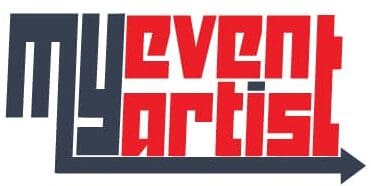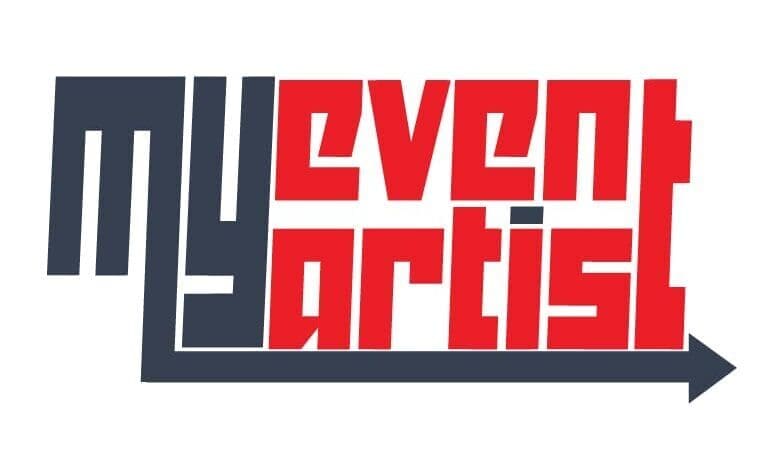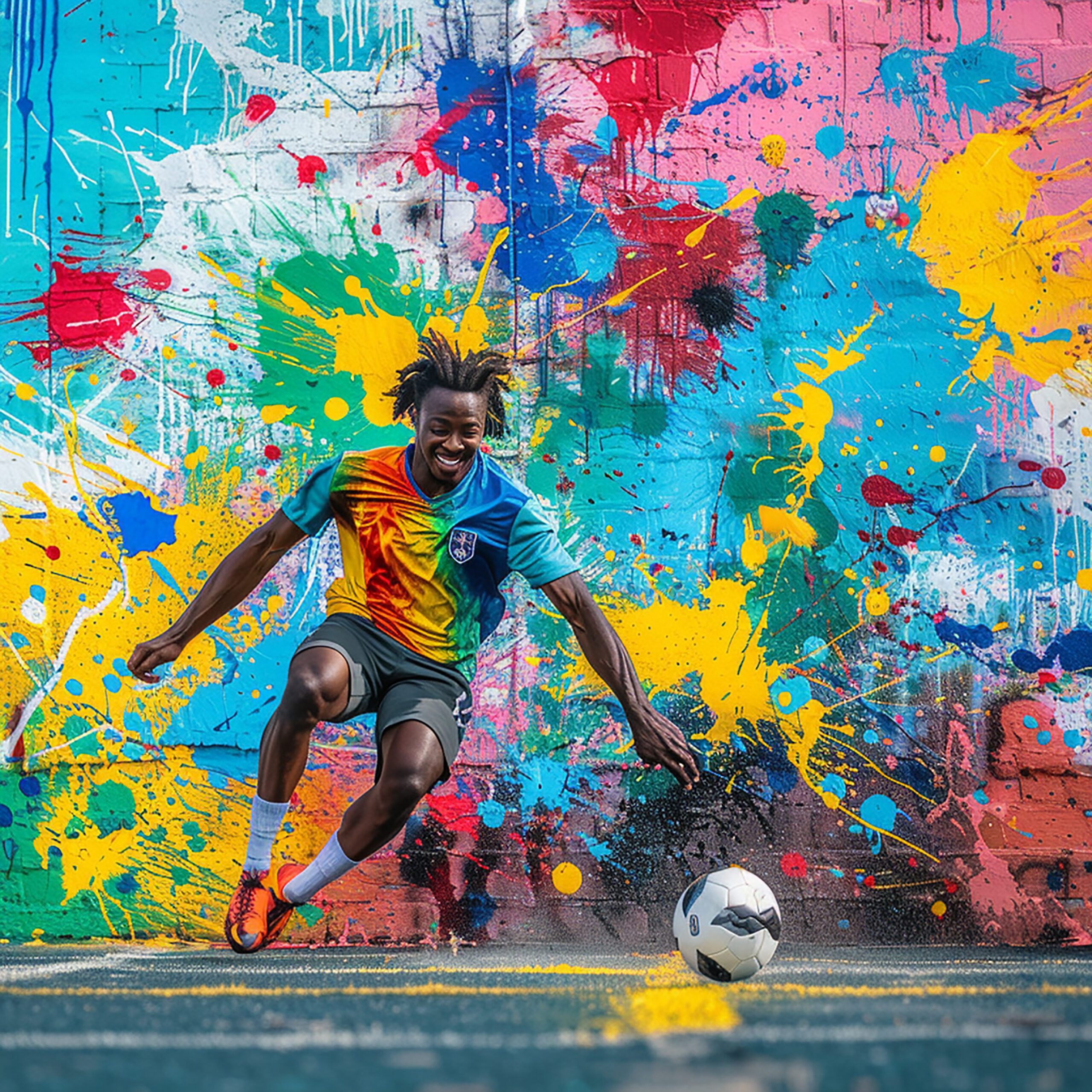In the competitive world of sports, a logo is more than just a simple graphic; it’s the embodiment of your brand, a symbol that signifies your values, mission, and energy. Whether you are organizing a sporting event, creating merchandise, or launching an apparel business, an effective logo design can make all the difference in how your brand is perceived and how memorable it becomes. In this comprehensive guide, we will explore essential tips and best practices for creating impactful sports logos that resonate with your audience and elevate your brand.
1. Understanding the Purpose of Your Logo
A. Representation of Your Brand Identity
The first step in effective sports logo design is understanding what your logo represents. It serves as the visual foundation of your brand and must encapsulate its essence. Ask yourself the following questions:
- What are the core values of your event or organization?
- What emotions do you want to evoke?
- Who are your target audiences?
Once you define these elements, you can create a logo that resonates authentically with your brand’s mission and story.
B. Connectivity with the Audience
A successful logo should forge a connection with the audience, whether they are athletes, fans, or participants. The logo should remind them of the emotions linked to sports: passion, teamwork, competition, and excitement. Ensure that your design speaks to your audience’s aspirations and shared experiences within the sporting community.
2. Emphasizing Simplicity in Design
A. The Power of Minimalism
In logo design, simplicity is often key to memorability. A cluttered logo can be confusing and hard to recognize. Instead, opt for a design that is clean and straightforward. Focus on using essential shapes and colors that evoke the spirit of your sport or event without overwhelming the viewer.
Tip: Use negative space creatively. This approach allows your logo to convey multiple meanings while remaining simplistic, enhancing its appeal and memorability.
B. Scalability and Versatility
Your logo will appear on various platforms, from business cards to billboards, merchandise, and social media channels. It is essential to create a design that remains effective and recognisable at any size. Test your logo in different sizes to ensure clarity and integrity, whether it appears on a small promotional item or a large banner at a sporting event.
3. Choosing the Right Colors
A. The Psychology of Color
Color plays an integral role in how people perceive and connect with your brand. Different colors can evoke various feelings and associations, making color selection critical in logo design. For example:
- Blue often conveys trust, loyalty, and stability, ideal for team sports.
- Red signifies energy, passion, and action, perfect for competitive sports.
- Green evokes feelings of growth and health, commonly used in fitness and outdoor activities.
B. Color Combinations
Don’t just settle for a single color; create a color palette that complements your main logo color. Consider using two or three colors that harmonize well together for a dynamic appearance. This approach will help you stand out while ensuring your logo remains eye-catching and memorable.
C. Cultural Considerations
Remember that colors can have different meanings in various cultures. If your logo will be used internationally or in diverse communities, ensure that your color choices are appropriate and resonate positively across different demographics.
4. Selecting the Right Typography
A. Fonts and Brand Personality
Typography significantly affects the tone and personality of your logo. The right font will convey the essence of your brand, whether it’s energetic, sophisticated, playful, or strong. Choose a font that reflects the spirit of your sporting event, and consider custom typography for a unique touch tailored to your theme.
- Bold Fonts: Great for conveying confidence and strength.
- Scripts and Handwritten Fonts: Suitable for friendly, approachable, or organic vibes.
- Sans-serif Fonts: Often modern and clean, perfect for contemporary sporting brands.
B. Readability and Legibility
Ensure that your logo’s text is readable from varying distances. This is particularly important for signage at events and merchandise. Avoid intricate scripts or overly stylized fonts that may obscure your brand name.
5. Incorporating Iconography and Symbols
A. Representing Your Sport or Event
Icons and symbols are a powerful way to visually communicate your sporting theme. Incorporating elements that represent your specific sport—like a ball, bat, or sneaker—can enhance recognition and association.
Tip: Consider using simplified shapes that can be easily identified and understood. They should be scalable, just like the rest of your logo design.
B. Unique Features for Differentiation
To set your logo apart, consider unique features or elements that represent your event specifically. It could be a landmark associated with your event location, a mascot, or any imagery that ties into the history or spirit of your sport. The goal is to create a distinctive identity that makes your logo instantly recognizable.
6. Ensuring Versatility and Usability
A. Applying Your Logo to Various Media
Whether you need to print it on T-shirts, digital platforms, or promotional materials, your logo should look great in every instance. Ensure you design your logo in vector format, which allows it to be resized without losing quality. This feature is crucial for maintaining consistency across different uses.
B. Testing and Feedback
Before finalizing your logo design, it is important to gather feedback from potential users and stakeholders. Conduct surveys or focus groups to find out how your design is perceived. This step can lead to improvements and ensure that your logo resonates with your target audience.
Conclusion: Bringing Your Sporting Event to Life
Unlocking creativity in sports logo design can drastically improve the branding of your events and organizations. By following the tips laid out in this guide, you can develop a logo that is not only visually appealing but also deeply meaningful and resonant with your audience.
If you are ready to elevate your event branding with effective sports logos, visit My Event Artist for a selection of print-ready vector logo designs, customizable fonts, and more that will help you make a lasting impression.
Keywords: sports logo design, branding, logo creativity, typography, color psychology, vector designs.
#sportslogodesign, #branding, #logocreativity, #typography, #colorpsychology, #vectordesigns



Leave a Reply